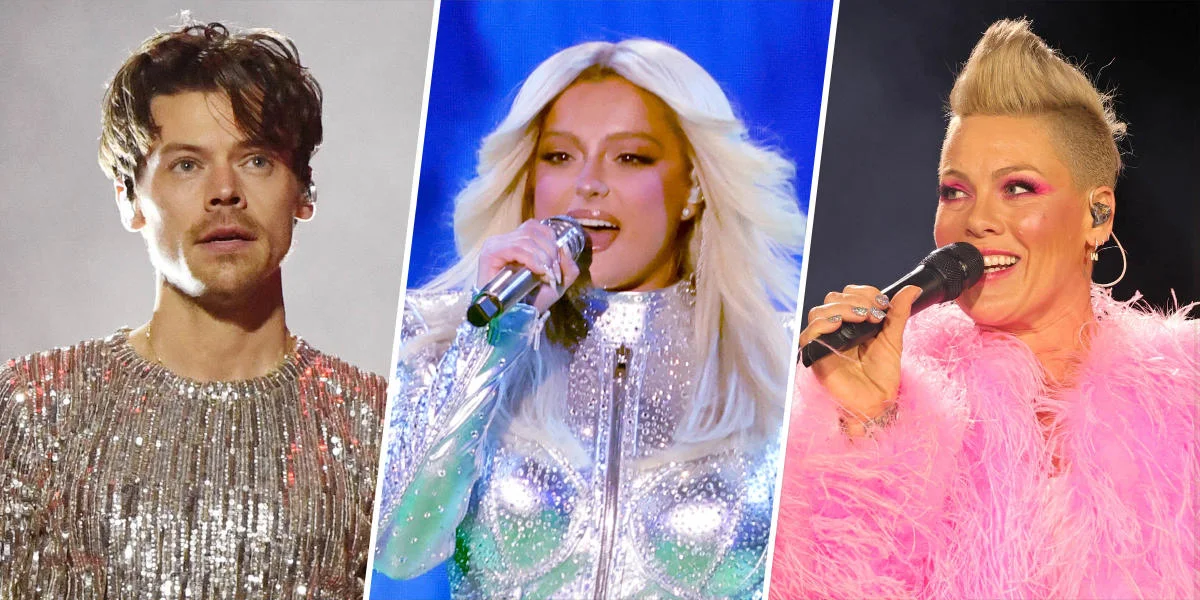In recent times, the entertainment world has witnessed an alarming trend that raises serious concerns about the safety and well-being of performers during concerts. Audience members throwing objects at artists has become shockingly common, with several high-profile incidents making headlines and sparking discussions about the need for increased security measures and awareness.
One of the most recent incidents involved singer Bebe Rexha, who was almost knocked unconscious when a fan threw a cell phone at her head during a concert in New York.
Similarly, pop sensation Harry Styles was hit with an unidentified object while performing in Vienna, and rapper Latto responded to a projectile thrown at her in Germany with a strong call for accountability.
The disturbing trend reached a new level when Cardi B, known for her no-nonsense attitude, experienced an incident during her performance at Drai’s Beachclub in Las Vegas. As she passionately delivered her hit track “Bodak Yellow,” an audience member hurled a drink at her. In a swift retaliation, Cardi B, displaying her fiery personality, tossed her microphone back at the offender. Security quickly intervened, escorting the unruly fan out of the venue.
While these incidents may seem like isolated occurrences, history shows that disruptive behavior in concert settings is not entirely new. Decades ago, audience members often set off firecrackers and M-80s, posing serious risks to both performers and attendees. Led Zeppelin guitarist Jimmy Page suffered a debilitating injury to his hand due to a firecracker incident, and in 2004, David Bowie experienced a traumatic incident when a fan threw a lollipop stick at him, injuring his eye.
The motivations behind such reckless actions remain unclear, but it appears that some individuals seek attention, even at the expense of others’ safety. Nicolas Malvagna’s case is an example of this disturbing mindset. The 27-year-old man, who threw his phone at Bebe Rexha, stated that he thought it would be amusing, oblivious to the severe consequences of his dangerous act. Malvagna faced arrest on misdemeanor charges of harassment and assault, raising questions about the adequacy of penalties for such hazardous behavior.
Concert organizers, venue management, and security teams now face the critical responsibility of safeguarding artists and audiences from these dangerous actions. Implementing rigorous security measures, vigilant monitoring, and swift action against offenders are essential steps in deterring such disruptive behavior. Additionally, raising awareness about the serious consequences of these actions and promoting responsible concert etiquette can contribute to creating a safer and more enjoyable environment for everyone.
As the entertainment industry grapples with this concerning trend, it is crucial for artists and fans to unite in advocating for concert safety and responsible behavior. By standing together against such reckless actions, we can preserve the joy of live performances while ensuring the protection and well-being of all involved.




